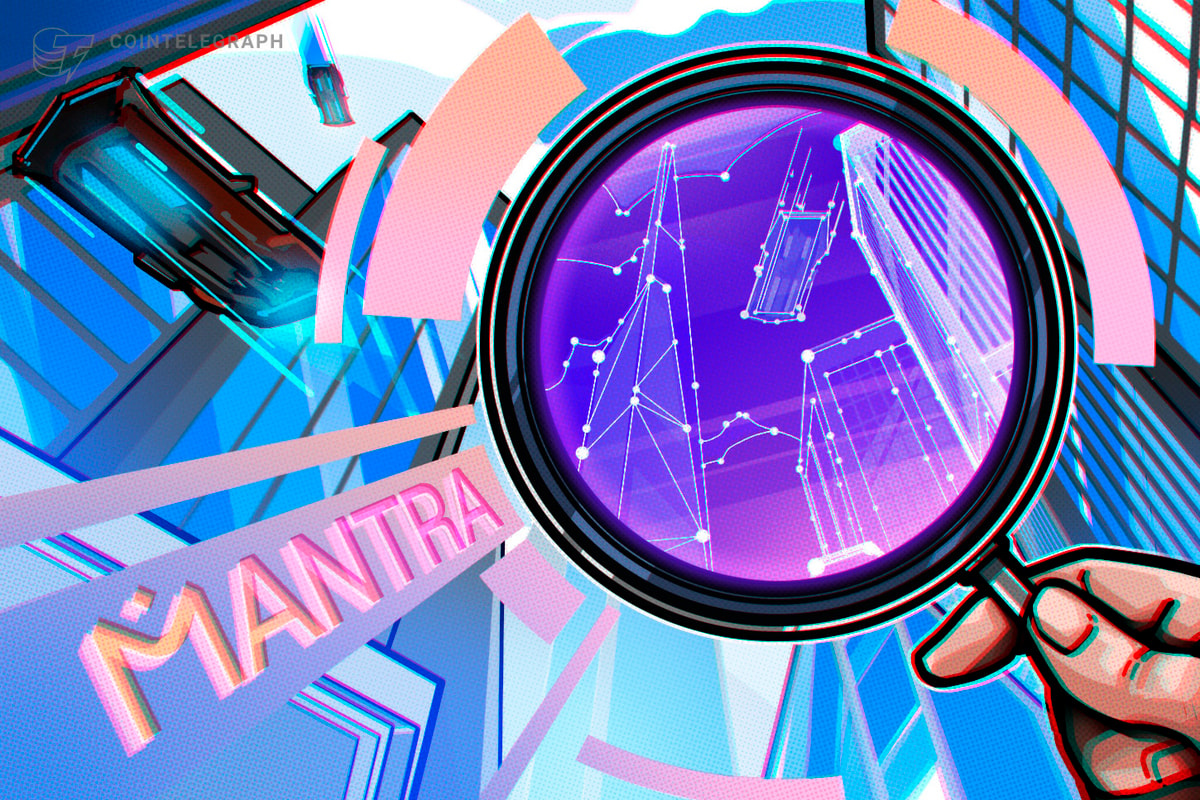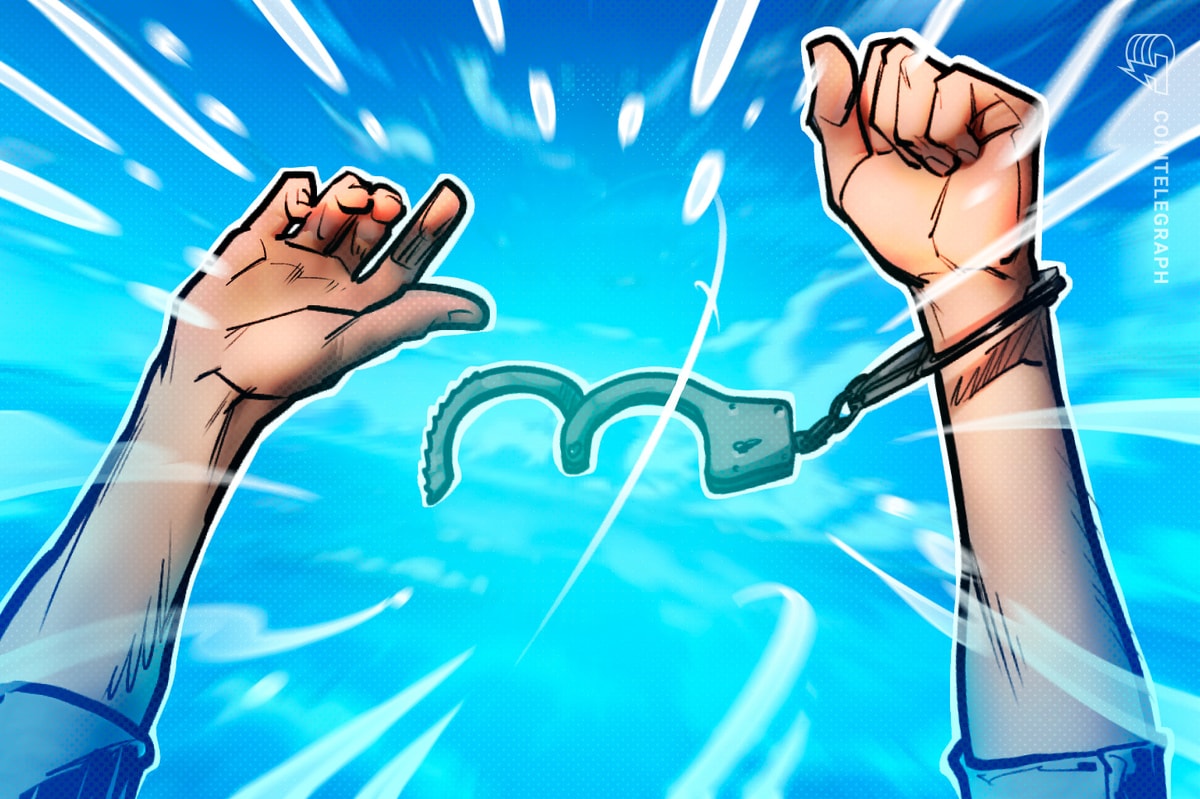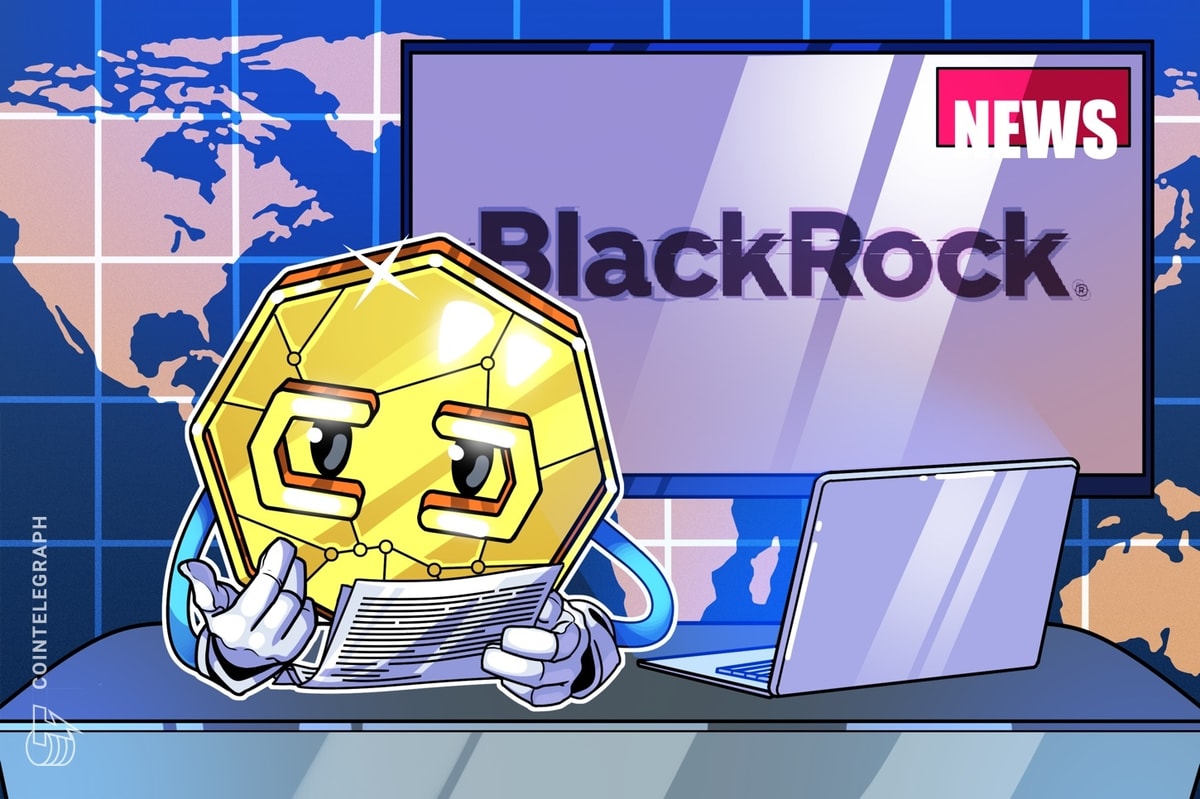Real-word asset tokenization, an industry that can see 50x grow over the next five years, carries traditionally illiquid assets onchain and expands the market for such assets for both traditional and cryptocurrency traders. Yet, bringing the real world onchain comes with its unique regulatory challenges that need to be addressed for RWAs to find their way into the mainstream.
John Patrick Mullin and Jayant Ramanand, the co-founders of Mantra —an RWA project focused on building that connection smoothly— joined Cointelegraph’s recent live AMA to shed light on such challenges: “For RWA tokenization, the biggest challenge now is not on the technical side but rather the real-world implementation, execution and user experience. It’s an educational process from a regulatory, government and retail perspective. If we get these right, we create a more efficient, global financial ecosystem where money moves easily across the globe and across asset classes.”
Redefining asset ownership: MANTRA’s vision for the $50 billion RWA market https://t.co/yjL9AJWqp5
— Cointelegraph (@Cointelegraph) January 31, 2025
The real RWA breakthrough, they said, can happen when asset ownership can be fully tokenized. “What’s usually done is what I call faux tokenization, where assets are broken down into shares that represent ownership in the SPV. But what you’re really doing is creating another layer with an existing legal structure that is then represented onchain,” Mullin explained.
He continued: “But the actual ownership is different, especially in the case of real estate: you have to work with the land registry, which is not an easy task. And what if I want to collateralize the property I’ve tokenized and then borrow against it? Direct ownership through tokenization is still new to regulators, governments and private investors. It’s a challenge, but it’s also a huge opportunity to reshape how ownership and asset management work on a global scale.”
Mullin also noted that it’s important to identify which asset classes are likely to excel in certain jurisdictions. “We believe the UAE will lead the way in real estate tokenization while the US will continue to dominate capital markets. But that doesn’t mean that other parts of the world can’t also benefit.”
Expanding investment access
Mantra is a purpose-built RWA layer 1 focused on tokenizing real estate, financial products and intellectual property, with partnerships and projects building onchain reflecting their vision. These include DAMAC Group, a UAE-based real estate development conglomerate Mantra recently partnered with.
“We’re going to tokenize at least a billion dollars of real estate assets with DAMAC exclusively on Mantra,“ Mullin said, continuing: “But it’s not just tokenization. We’re also looking at how to actually trade these assets in the secondary market, collateralize them and even offer mortgages in a tokenized way. And we’re looking at all different types of assets, from commercial to off-plan, data centers and hospitality properties.”
According to Ramanand, Mantra aims to open up access to financial products to a wider audience as well. “For accredited investors in major markets, bringing assets onchain may not change much. But for someone in India, being able to access a BlackRock money market fund without a $100,000 capital requirement is a massive unlock.”
“And then the final focus is on intellectual property, like fan tokens or sports clubs for the retail audience,” Mullin added. “What all of these assets have in common is that people already understand and invest in them, even if they are not yet tokenized. The main question is, how do we actually get these people on the chain? Do we need to incentivize them? What should that incentive look like?”
“There are blockchains that don’t necessarily care about regulation. But we’ve been built from the ground up to ensure that at any point in time, we can provide the safest environment for users and regulators to bring those assets onto the chain,” Ramanand emphasized. “OM plays a critical role in this process because it not only secures the network but also allows users to play a role in shaping the ecosystem. And as we grow, we want governance and economic participation to be at the core of our network.”
The speakers also touched on how they are engaging developers to build on Mantra and the dedicated grant program. As Ramanand explained, “Each blockchain has a specific strength: Ethereum has liquidity, Solana has fast finality and Polkadot is developer-centric. For us, it’s about attracting developers who believe in the long-term vision where crypto and compliance coexist. The developers we’re working with aren’t just here for a quick grant, they see tokenization as a long-term collaboration with regulators and jurisdictions.”
As a Cosmos SDK-based blockchain using CosmWasm smart contracts, developer availability has been a challenge for Mantra. To expand reach, the project is adding EVM compatibility, according to Mullin. “This will make it easier for Solidity developers to build on Mantra, and a testnet is on the roadmap for this year.”
The speakers consider major financial players entering the RWA space as a positive step. “Whether they prefer to build on our chain, their own or someone else’s, the whole industry is going to crystallize into use cases. So from a user perspective, it’s not going to matter which blockchain is on the back end. It’s just going to be a single, unified user experience,” Ramanand concluded.
Disclaimer. Cointelegraph does not endorse any content or product on this page. While we aim at providing you with all important information that we could obtain in this sponsored article, readers should do their own research before taking any actions related to the company and carry full responsibility for their decisions, nor can this article be considered as investment advice.












